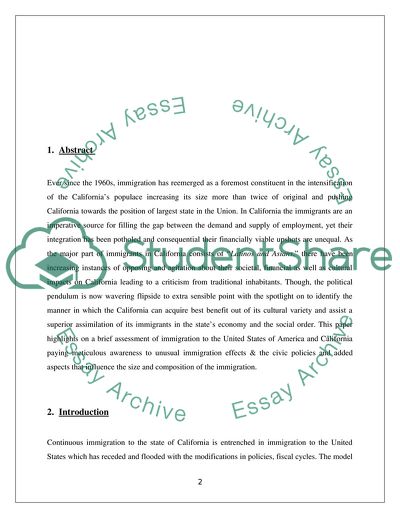Immigrant Labor in California Term Paper Example | Topics and Well Written Essays - 1250 words. https://studentshare.org/macro-microeconomics/1717770-labor-economics
Immigrant Labor in California Term Paper Example | Topics and Well Written Essays - 1250 Words. https://studentshare.org/macro-microeconomics/1717770-labor-economics.


